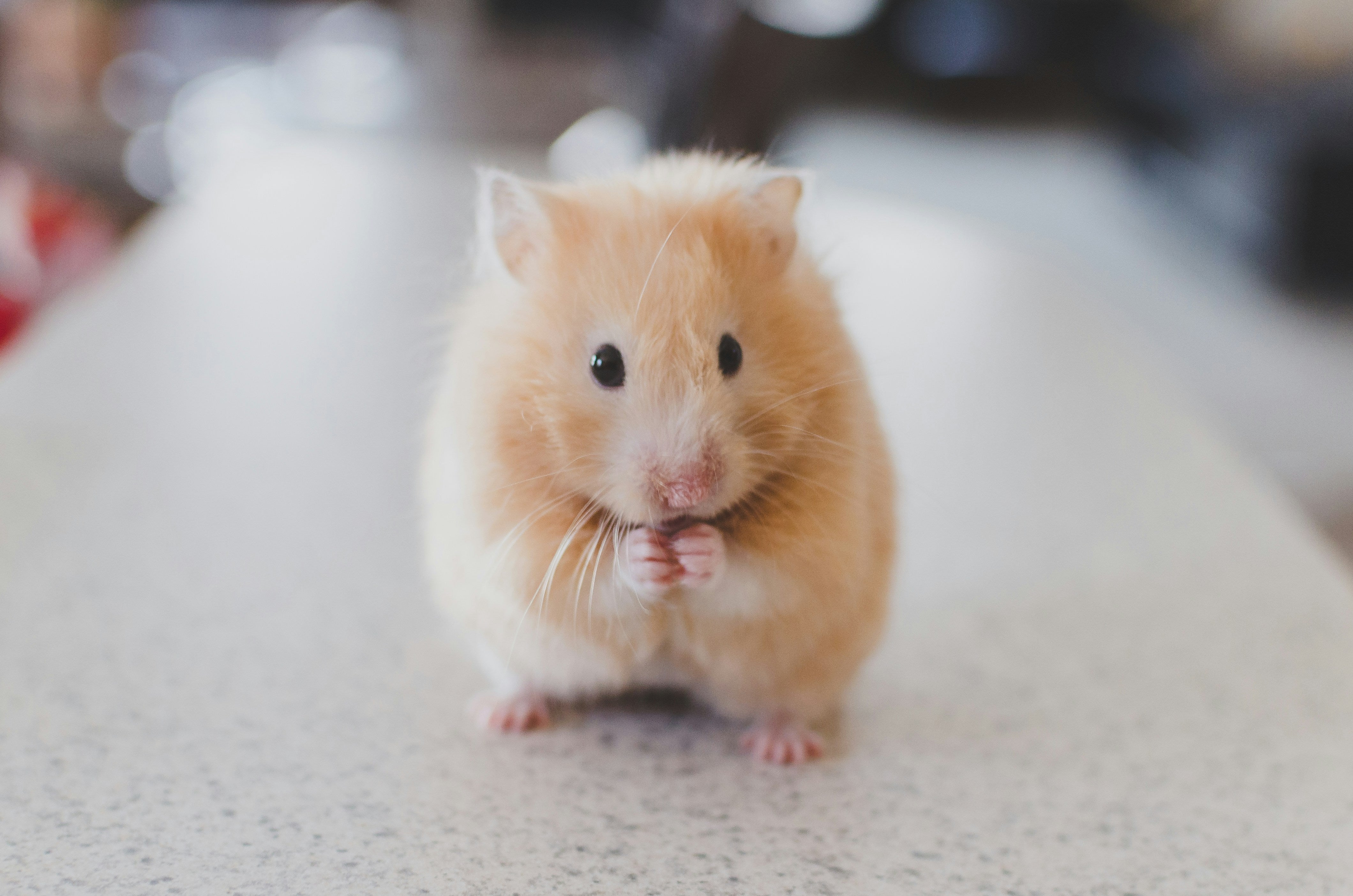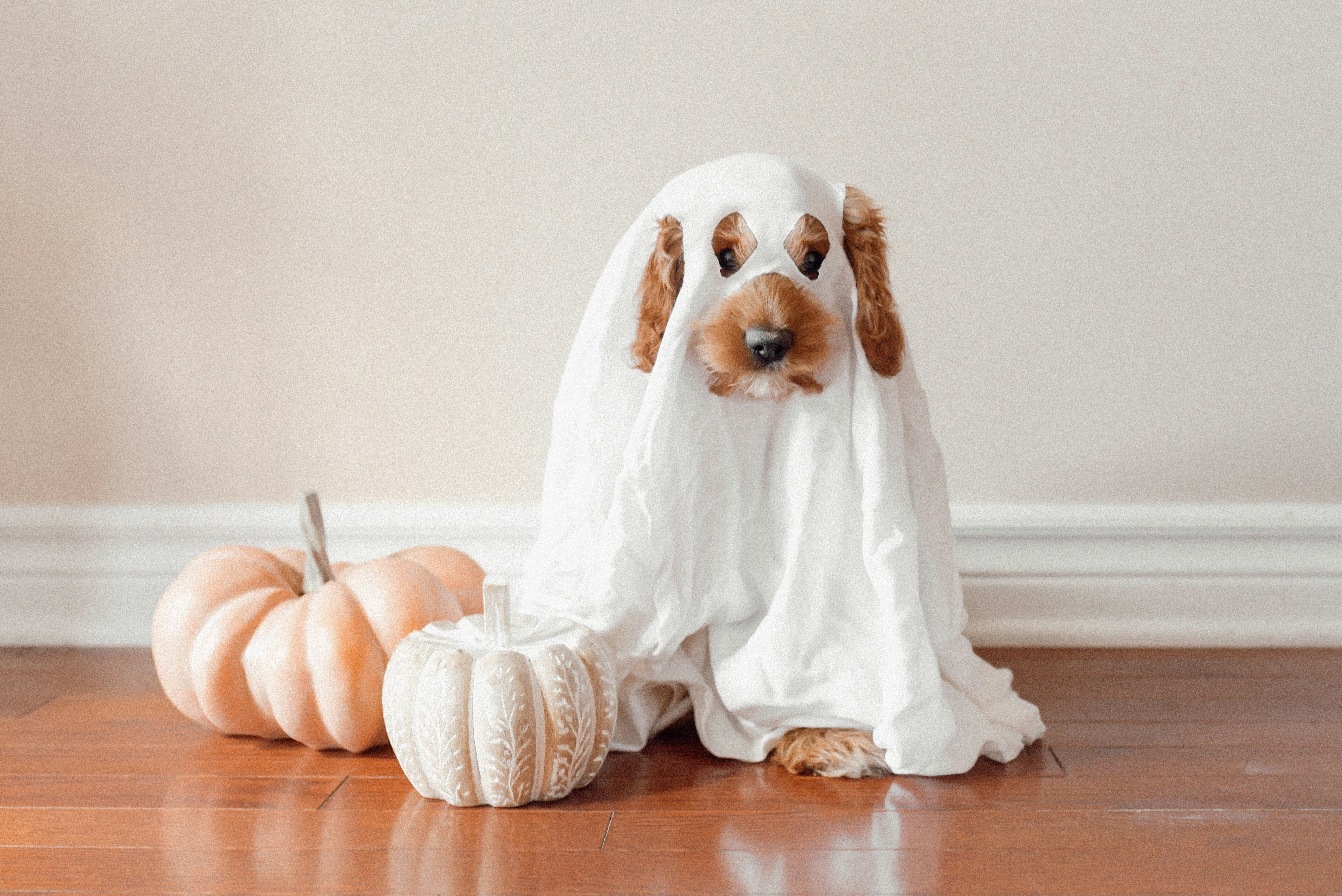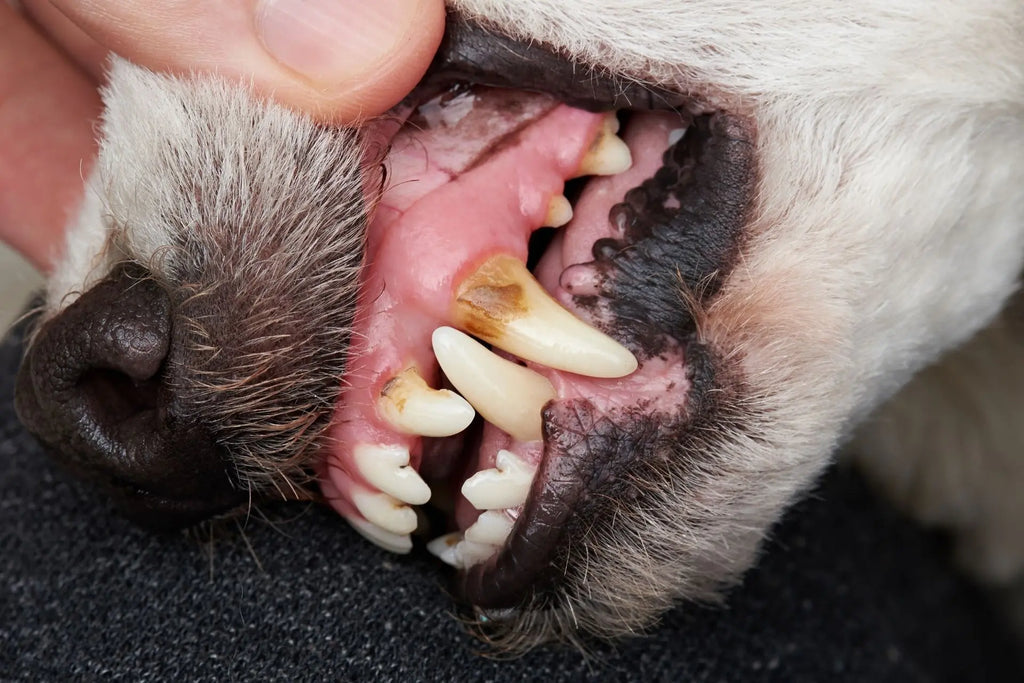Tutuky Magazine
- All
- 20%discount
- act love
- Act of Love
- adopting
- age
- Amphibian Pet
- Animals with habit
- attracting lost birds
- bed
- bird care tips
- bird recovery services
- birds
- Bond with Dogs
- Bones
- Breeds
- Busyowners
- BusyPetowners
- buythisnow
- Carrots for Birds
- cats
- Cats in cars
- Check
- Check the vet
- chocolate and pets
- comfort
- cozy
- Diabetes
- Discount pet supplies
- Dog Snoring
- Dog with tartar
- dogs
- Dogs in cage
- eggs
- elder
- Europe
- Euthanasia in Cats
- Exotic Pet Veterinary
- Felines
- find lost pet bird
- First pet
- Found authorities
- Halloweenpet
- Hamsters
- health
- how to find a parrot that escaped
- hygiene
- Insulin
- kitty
- knowthis
- leash
- Lost pet
- lost pet bird
- oldcat
- Online pet store
- online shopping
- Pet accessories
- Pet Acessories
- Pet bedding
- pet bird safety
- Pet birds diet
- Pet Capybaras
- Pet care tips
- Pet caring
- Pet Environment music
- Pet feeding
- Pet first aid
- Pet health
- Pet health supplements
- Pet hibernation
- Pet Hotel
- Pet Hygiene
- Pet insurance
- Pet Reptile music
- Pet Reptile tricks
- Pet Sitter
- pet snoring
- Pet Traffic
- pets
- pets nutrition
- pulling leash
- Reptile pet
- Reptile supplies
- rodents
- S Type Cats Tunnel
- Safety for pets
- senior pet
- Small pets
- Solitary Pet
- Trauma
- UK
- USA
- walk the dog
- Washable Portable HAir Removal Roller
- website recommending
- what to do if you lose your bird
- Winter
- youneedthis
- yummy

Pet Sitter vs. Pet Hotel: Which is Best for Your Furry Friend?
Need to decide between a pet sitter and a pet hotel for your pet’s care while you’re away? This article explores the benefits and drawbacks of both options to help you make the best choice. Learn how pet sitters provide in-home care, less stress, and a consistent routine, while pet hotels offer 24/7 supervision, socialization, and specialized services. Discover tips on choosing the best option based on your pet’s personality, needs, and your budget, ensuring peace of mind and happiness for both you and your pet.

How to Stop Your Dog from Pulling on the Leash: Tips for a Peaceful Walk
Is your dog constantly pulling on the leash during walks? Learn effective tips to stop leash pulling and turn walks into a relaxed, enjoyable experience. This article explains why dogs pull, offers step-by-step training techniques like loose-leash walking and the “stop-and-go” method, and explores the best tools, including no-pull harnesses and head halters. Discover common mistakes to avoid, tips for consistent training, and how to reward good behavior. With patience and the right approach, you can teach your dog to walk calmly by your side, making walks more enjoyable for both of you.
Understanding Tooth Loss in Dogs: My Experience with Tartar and Its Impact

Understanding the Differences Between Reptiles and Amphibians: What you need to know
Understanding Age in Cats: A Guide for Cat Owners
Understanding your cat's age is crucial for providing the right care at each life stage. From the rapid growth of kittens to the special needs of seniors, tailored nutrition, regular veterinary check-ups, and appropriate exercise are vital for their health. By recognizing the aging process and adjusting care accordingly, you can help ensure a long, fulfilling life for your feline companion.

Understanding Hibernation in Pets: A Comprehensive Guide
Hibernation in pets is a concept that often leads to confusion, as most domesticated animals like dogs and cats do not enter true hibernation but may exhibit similar behaviors during winter. As temperatures drop, pets might sleep more, reduce their activity levels, and seek warmth. Understanding these changes is crucial for pet owners to provide appropriate care. To keep pets healthy during the winter months, it’s essential to maintain regular exercise, provide warm sleeping areas, adjust their diets, ensure hydration, and stay vigilant for signs of health issues. By recognizing and accommodating these winter behaviors, pet owners can help their furry companions thrive in colder weather.

Spooktacular Halloween Deals for Your Furry Friends!
Discover the Exciting New Reptiles Section at Our Pet Store!

Effective Solutions to Get Rid of Fleas in Cats: A Comprehensive Guide
1. **Use Veterinary-Recommended Treatments**: Consult with your veterinarian for recommended flea treatments. Options include topical treatments, oral medications, and flea collars specifically designed for cats.
2. **Regular Grooming**: Brush your cat regularly using a fine-toothed flea comb to remove fleas and flea eggs. This also helps you monitor their flea situation.
3. **Wash Bedding and Toys**: Wash your cat's bedding, blankets, and toys in hot water to remove fleas and eggs. Dry them thoroughly.
4. **Treat the Home Environment**: Vacuum carpets, rugs, and furniture thoroughly to eliminate fleas and their eggs. Dispose of the vacuum bag or empty the canister outside immediately.




